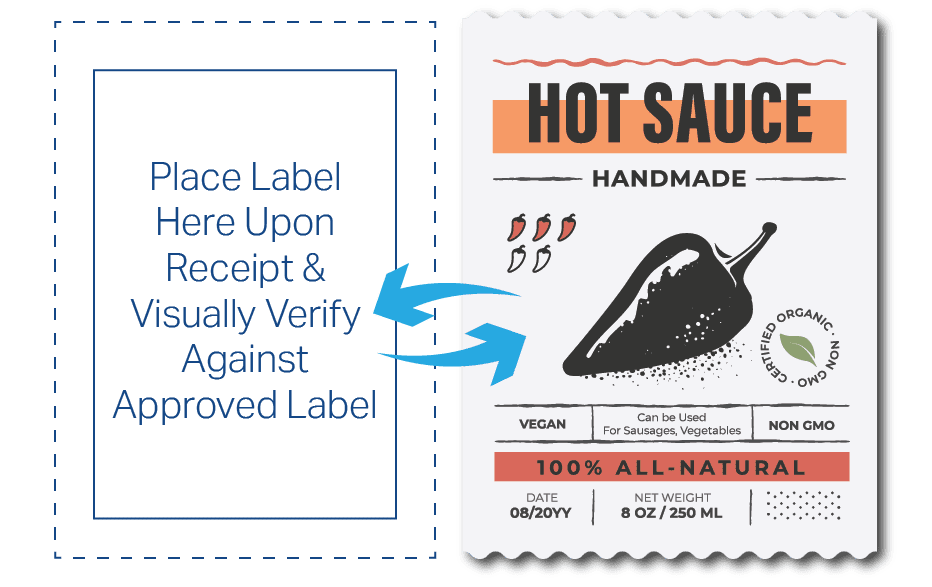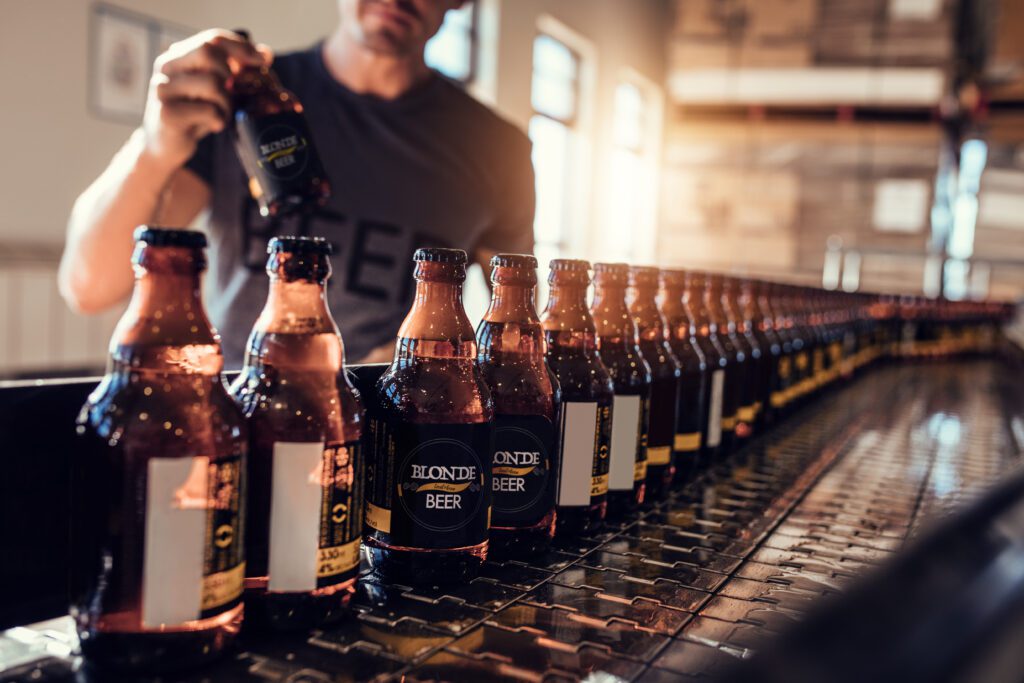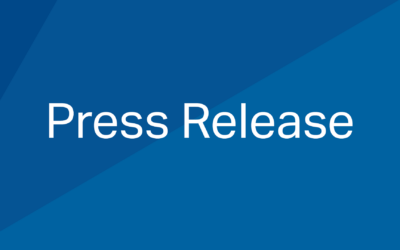Reviewed and Approved by Kaci Foote, Accreditation Manager, FSNS Certification & Audit
1-Minute Summary
- Undeclared allergens cause the majority of FDA and USDA food recalls; most are due to labeling errors, not formulation issues.
- A disciplined label-control program can significantly reduce mislabeling risk – and recalls.
- GFSI-benchmarked food safety standards require robust label-control procedures.
- FSNS developed a 6-step system to improve traceability, verification, and changeover discipline.
Breakdowns in Label Control are the Root Cause of Most Recalls
Undeclared allergens were responsible for 34% all FDA and USDA food recalls in 2024.
Most incidents like these don’t stem from formulation errors. The root cause is almost always a breakdown in label control. For example, a product containing milk may be packed in a carton for a dairy-free variant. The label doesn’t declare the allergen. The result is a recall.
These types of errors — often involving common allergens such as milk, soy, or tree nuts — are preventable. But prevention requires a structured, auditable process for managing labels from receipt through release.
This six-step process helps food and beverage manufacturers strengthen their label-control procedures and reduce the risk of mislabeling-related recalls.
6-Step Label-Control Process for Food Manufacturers
- Approve Label and Ingredient Statement Prior to Printing
- Review and Document Labels Upon Receipt
- Control Label Distribution to Production
- Verify Label Accuracy During Production
- Treat Changeovers as a High-Risk Control Point
- Confirm Accuracy Before Final Product Release
Let’s break down the process.
1. Approve Label and Ingredient Statement Prior to Printing
Label accuracy starts well before labels are printed. At this stage, QA must carefully review the label proof to verify that all required elements are correct and compliant before print approval.
This is where errors are easiest and most cost-effective to catch. QA should confirm…
- Accurate ingredient statement.
- Proper allergen declarations (e.g., “Contains: Milk”).
- Correct nutrition facts panel.
- Accurate net weight or volume.
- Legible font sizes and compliant formatting.
- Required regulatory details (e.g., country of origin, barcode placement).
Compare the proof to the approved formulation and product spec sheet. Document the review with initials, date, and version number.
At this point, refer to the labeling regulations that apply to your product:
- FDA-regulated foods: 21 CFR 101
- Meat products: 9 CFR 317
- Poultry products: 9 CFR 381
- Egg products: 9 CFR 590
Errors caught after printing result in unnecessary cost, waste, and risk. This step ensures the label is right before it enters production.
2. Review and Document Labels Upon Receipt
Every label entering your facility should be reviewed before it is released for production.
- Compare the received labels to the approved version shown in the current specification sheet.
- The most effective method is to lay the received label physically next to an approved version or image of same and compare for…
- Correct allergen declaration
- Legibility and print quality
- Supplier lot number
- Product identity, weight declaration, and origin statements
- Document the check with initials, date, time, and findings.
- Once accepted into the facility, control access to labels. Consider secure storage and sign-out procedures for labels issued to production.
This level of verification helps prevent incorrect or outdated labels from being used in the first place, potentially saving a lot of trouble down the road.
Image: Please recreate the image below. Here is the finished label on the right. The goal is to show a side-by-side comparison.

3. Control Label Distribution to Production
Once labels are issued to the floor, traceability becomes critical. Maintain detailed records of…
- The lot numbers and quantities of labels issued.
- The product being produced.
- The employee or team responsible.
- Return of partial rolls or destruction of defective labels.
If your facility produces multiple SKUs with similar ingredients or packaging formats, the likelihood of mix-ups increases. Verification that the correct label is being used for each run must occur before application begins, even if products are otherwise identical.
Many manufacturers benefit from a formal label sign-off procedure prior to each shift or production run, with dual verification from both QA and production supervisors.
4. Verify Label Accuracy During Production
It is not sufficient to verify the label only at the start of production. In-process checks are essential. Establish a procedure to…
- Conduct a “roll-start” check: QA verifies the first unit off the line matches the approved specification.
- Perform label checks at defined intervals — at least once per hour or more frequently based on risk.
- Re-verify at every roll change, shift change, or product change.
- Provide verifiers with authority to pause production if errors are found.
- Document all checks: label lot, timestamp, verifier, findings.
This frequency-based approach is especially valuable during long runs or when different labels are used for private-label customers.

5. Treat Changeovers as a High-Risk Control Point
Changeovers present the greatest opportunity for mislabeling. The only way to prevent errors is to ensure all previous packaging and labels are completely removed from the line.
Establish a formal line clearance procedure that includes…
- Removal of all previous labels, packaging, inserts, lot codes, and barcoded materials.
- A second-person verification, independent from the production team, to confirm clearance.
- Restarting the label verification and roll-start check before production resumes.
Incomplete clearance is a common root cause of allergen mislabeling. Take the time to reset your line correctly. Documentation is essential.
6. Confirm Accuracy Before Final Product Release
For USDA-regulated facilities, pre-shipment review is a regulatory requirement. For FDA-regulated sites, it is not mandatory but is strongly encouraged. In either case, this step provides a final opportunity to prevent mislabeled products from entering the market. The review should confirm…
- The product label matches the specification sheet.
- The actual product produced matches the SKU and label.
- Traceability is intact: label lots, production lots, and QA checks are documented.
- A retained sample is collected and archived (if applicable).
For certain categories — such as infant formula (21 CFR 106) and low-acid canned foods (LACF) (21 CFR 113) — product must be held until release is authorized by QA.
Never sign off on release if any documentation is missing or if there is uncertainty about label accuracy. Remember, the QA Manager or other person who signs off on the product release is liable in the event of a recall. If you have any doubts about the product, don’t put your name on it!
Proper Labeling is a Regulatory Requirement
In addition to the FDA and USDA regulations mentioned earlier, GFSI-benchmarked certifications, such as SQF, BRCGS, and FSSC 22000, require robust label controls. In fact, BRCGS clauses 6.2.1, 6.2.2, and 6.2.3 provide excellent guidance for any label-control program, even if your site is not certified to that standard.
View them in our BRCGS Audit Checklist.
Contact Us for Pre-Audits or Certification Audits
If your site is ready for a food safety pre-audit or official certification audit, contact our team and we’ll be happy to help.


